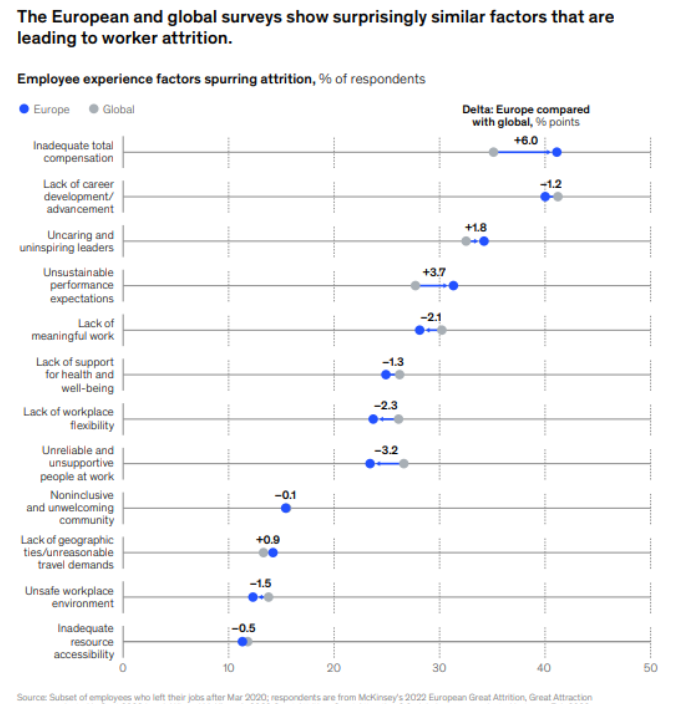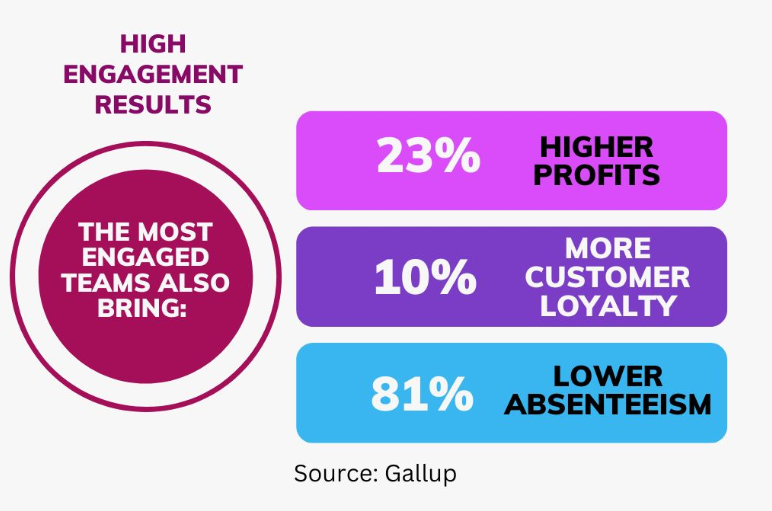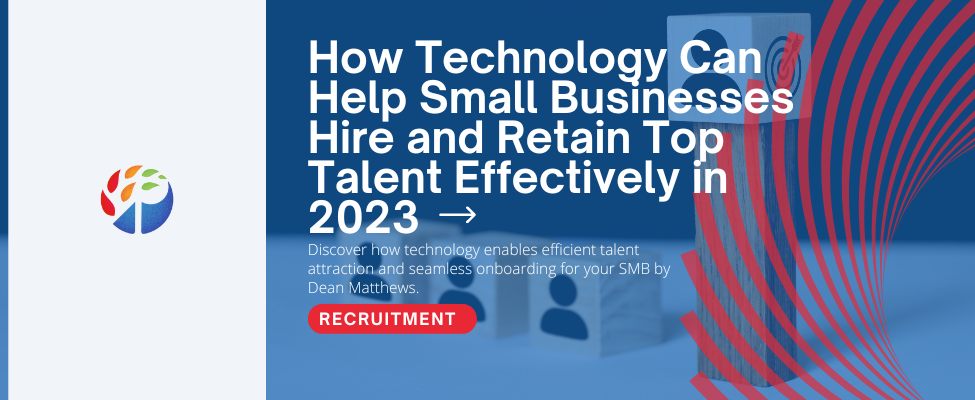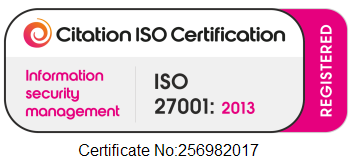How Technology Can Help Small Businesses Hire and Retain Top Talent Effectively in 2023
Companies direct a lot of resources to finding and keeping the best employees. However, employee needs have changed significantly in recent years and businesses need to keep abreast of what is important to their workers. Employees are looking to achieve a better work-life balance and a positive work culture, with 88% of employees saying they now define success differently than they did a few years ago.
Although small companies are adapting, some are unaware that 37% of European employees consider flexible working hours non-negotiable to stay in their jobs or accept a new one. This gap, together with other developments, has made employee retention an increasingly challenging task. The solution may lie in leveraging technology for recruiting, onboarding, and management processes.
Why Employees Leave Their Jobs
We are still experiencing the aftermath of the Great Resignation that began in 2021. “Back to normal” turned out to be more like “on to the new normal.” The way we work changed forever, and now employees have different priorities. Long gone are the days when an employer could expect an employee to regularly work overtime in the office. When employees feel their employer doesn’t meet their needs, they leave.
Here are some common reasons employees are leaving their jobs:
Rigid Work Schedule
The typical 9-to-5 workday and inflexible work schedules can make even the most enthusiastic employee lose their motivation. Priorities have changed—employees are now focused on maintaining a healthy work-life balance. According to a study by Coresignal, the percentage of remote jobs in Europe was 9% in 2022.
If your company insists on bringing everybody back to the office every day, chances are you’ll lose talented employees and have a hard time hiring qualified new employees.
Lack of Personal and Professional Growth
It’s not just about money anymore. While in the past, a good salary was generally a good way to retain people, this is not so now. McKinsey conducted a global report revealing that 41 percent of surveyed employees quit their jobs because they didn’t find growth opportunities. Last year, they ran a European survey and compared it with the previous one. The new survey showed that in Europe, lack of potential for career advancement is the second top reason people quit their job.
Organisations must understand what moves an employee to leave a job and what encourages them to stay.

Inefficient Processes and Ineffective Workflows
Time-consuming and unnecessarily complex manual processes, outdated systems, and inefficient workflows are some of the factors that can annoy an employee to the point of leaving. This situation may reduce productivity and generate dissatisfaction, especially if the employee sees that the organisation is not improving its tools and workflows.
The Importance of Employee Retention
Retaining employees delivers many benefits that range from cost savings to improved customer relationships. Here are some of the benefits of investing in retaining your employees:
Cost Savings
Employee turnover is not only a hassle—it’s also a financial problem. Studies show it costs 33% of an employee’s annual salary to replace a worker once recruitment and onboarding costs are added. Even with a standard turnover rate of 26%, according to a Gallup global survey, retention can save millions of dollars for organisations.
Increased Productivity
When there are unfilled roles in an organisation, it puts a strain on the existing employees, which causes a loss of productivity that lasts during the first weeks of a new team member’s employment, until they get up to speed in the role.
Stronger Customer Relationships
In many companies, clients are used to working with the same representative. This personalised customer service is especially effective in driving more business because it builds customer trust. Therefore, when you retain employees, you also have a better chance of retaining your customers.
Higher Employee Engagement
For an employee, feeling connected with a company takes a long time. But the benefits are clear—an employee who feels invested in the company’s future will make their best effort. And engaged employees bring more results overall. According to a Gallup study, they also bring more profits, more customer loyalty, and also miss less work.

Statistics source: Gallup
5 Ways Technology Helps Small Companies Retain the Best Talent
Since technology is the driving force behind the changes in the ways we work, the solution to optimize hiring and retention also lies in technology. Organisations of all sizes can benefit from software solutions to simplify their hiring and onboarding processes.
Create a Smooth Onboarding Experience
Leveraging a technology solution streamlines the onboarding process, simplifying the transition for new hires. Human resources software automates onboarding, providing information, training materials, and introductions so new hires can have a positive experience from the start.
Consistently Receive and Evaluate Employee Feedback
Employee feedback platforms enable companies to collect feedback over time. Surveys and anonymous feedback channels ensure the responses are authentic, while performance software helps identify areas needing improvement.
Easily Recognise and Reward High Performers
Employee recognition is one of the top motivators for employee retention. Using a performance management system simplifies tracking individual achievements, implementing reward programs, and selecting employees for recognition.
Offer Increased Flexibility for Employees
Digital workspaces, cloud collaboration tools, communication platforms, and project management software enable employees to maintain productivity while working remotely. With technology solutions, employees who need a flexible schedule don’t need to worry about how they can get things done.
Provide Better Avenues of Personal and Professional Development
HR management systems and online training platforms give employees access to self-paced learning so they can develop new skills. Investing in people’s growth is not just important for large enterprises. Software platforms, especially cloud-based systems, allow small businesses to benefit from online training and virtual workshops. When a company invests in its employees, it often leads to retention.
Embrace Technology for Hiring and Onboarding
Employees are the lifeblood of any modern business, and it’s important for companies to stay aware of their changing needs. As the hiring landscape continues to be extremely competitive, small businesses need to find ways of providing important human resources services without an official HR department.
By adopting technology in hiring and onboarding, small- and medium-sized organisations can level the playing field, attract top-quality workers, and set a baseline for future long-term retention programs. There has never been a more important time to introduce software into HR workflows to build employee support and retention.
Author Bio
 Dean Mathews is the founder and CEO of OnTheClock, an employee time tracking app that helps over 15,000 companies all around the world track time.
Dean Mathews is the founder and CEO of OnTheClock, an employee time tracking app that helps over 15,000 companies all around the world track time.
Dean has over 20 years of experience designing and developing business apps. He views software development as a form of art. If the artist creates a masterpiece, many people’s lives are touched and changed for the better.
When he is not perfecting time tracking, Dean enjoys expanding his faith, spending time with family and friends, and finding ways to make the world just a little better.




Comments are closed